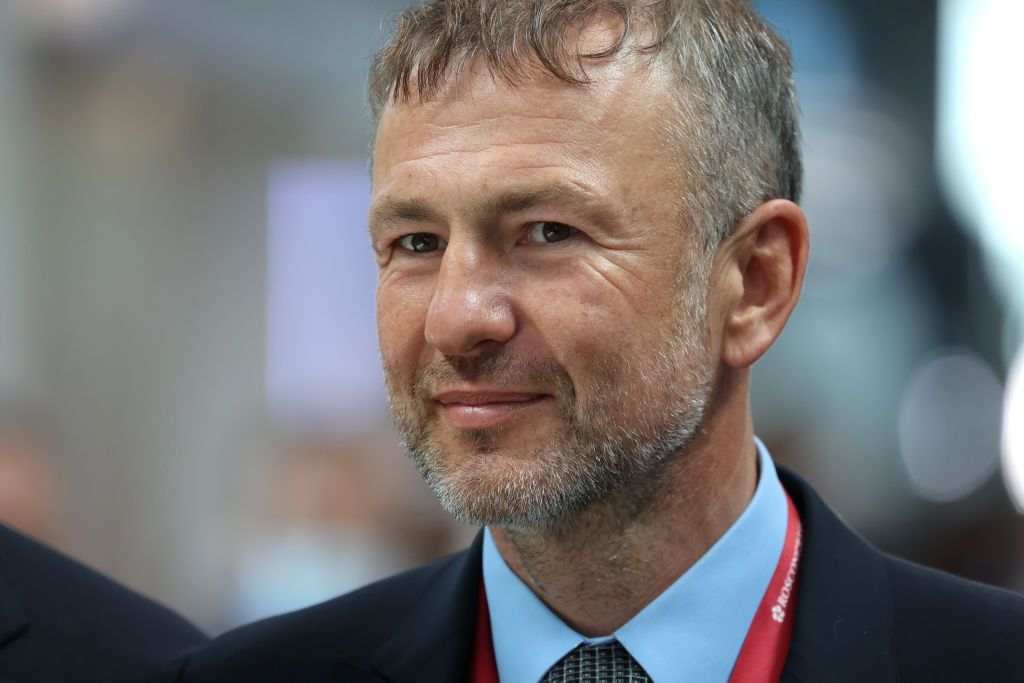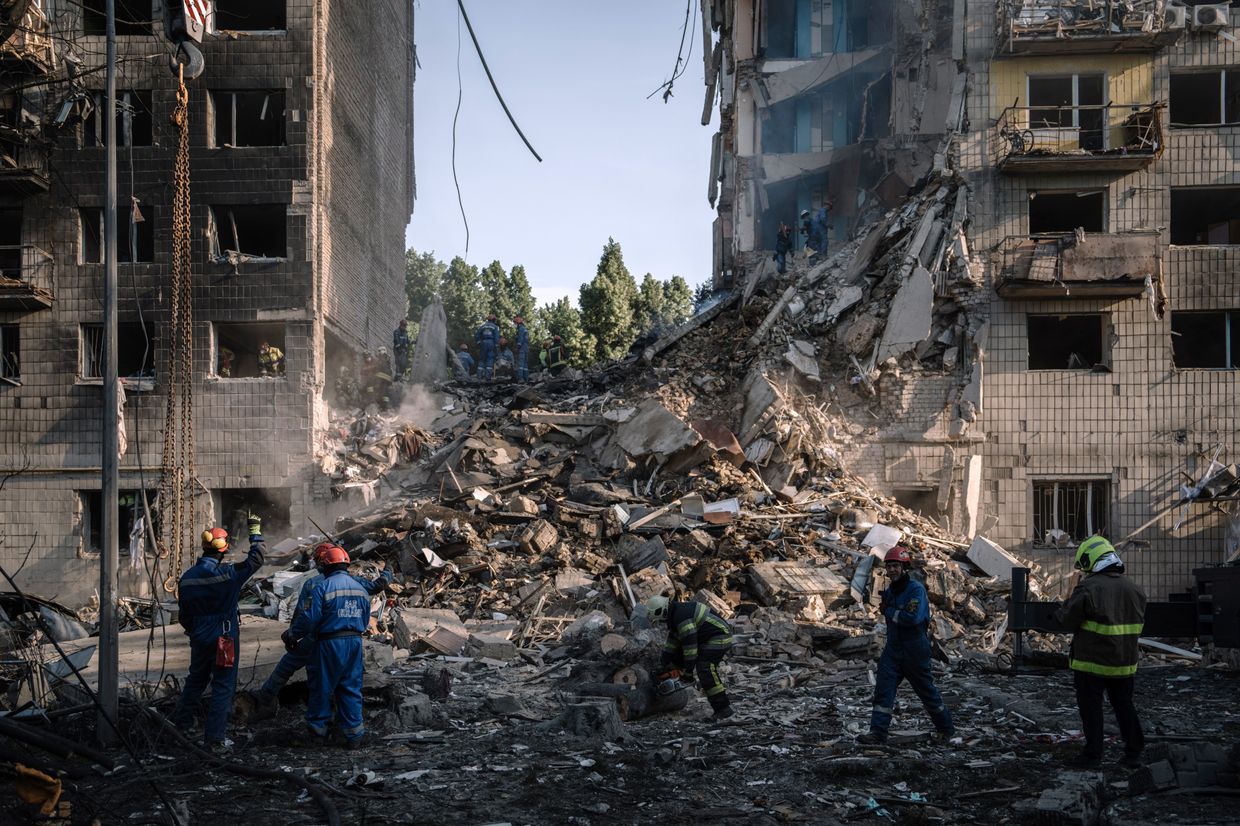Estonia’s parliament enacted a law on May 15 enabling the use of frozen Russian assets to compensate Ukraine for the damages caused by Russia’s war. Kyiv and its Western allies have discussed using around $300 billion in Russian assets held in Western accounts to support Ukraine. As of October 2023, the Estonian government estimated having 38 million euros ($41.3 million) in frozen Russian assets.
“We will adopt this law because Ukraine’s victory is our victory,” Hendrik Johannes Terras, the chairman of Estonia’s Constitutional Commission, said. “We are adopting this law because Russia must come out of the war defeated.”
Estonian President Alar Karis signed the law into effect on May 30, adding that it will apply to those who have actively committed military aggression and violated the rules of war.
According to the Ukraine Support Tracker, Estonia’s aid commitments to Ukraine amount to 3.5% of its GDP as of Jan. 15, 2023, positioning it as the leading contributor globally. Following Washington and Ottawa's footsteps, Tallinn opted to push the bar even further by targeting frozen Russian assets.

How will it work?
A new chapter added to Estonia’s International Sanctions Act now stipulates that the Estonian Foreign Affairs Ministry oversees sanctions policy, monitors its implementation, and communicates updates to other government agencies.
Thus, the Estonian Foreign Ministry can decide to use the assets seized from sanctioned individuals as an advance payment for damages if they have committed unlawful acts causing damage to a foreign state. These acts typically involve violations of the rules of war or the prohibition against the use of armed force, as per the U.N. Charter.
At the request of Ukraine, or an internationally recognized compensation mechanism, Estonia can confiscate assets from individuals or entities that have financially or materially supported unlawful acts. Before applying this procedure, the Ministry must establish several conditions:
- The wrongful act caused proven damage eligible for compensation under international law;
- Ukraine has sought compensation from Russia, which has not been honored in a reasonable timeframe;
- Ukraine or an international organization has requested Estonia to use the sanctioned property as an advance payment for damages;


- The entity’s connection to Russia and involvement in the wrongful act is proven;
- The property belongs to the sanctioned entity;
- There are no overriding exceptional circumstances protecting the entity’s interests.
Once the procedure begins, the Ministry notifies the sanctioned entity, and the assets are sold. After covering storage and enforcement costs, the proceeds go to Ukraine, an international organization, or the compensation mechanism that applied.
The sanctioned person retains the right to claim compensation from Russia. If Russia compensates Ukraine, the original asset owner can seek reimbursement from Ukraine. They can also appeal the asset confiscation in an administrative court.
The Estonian model does not imply irreversible confiscation, as sanctioned persons can potentially recover their assets through future reparations from Russia, aligning with the Estonian Constitution. However, whether such reparations will be paid remains uncertain.
Not only Ukraine but also internationally recognized compensation mechanisms can request asset seizure. One such mechanism, the Register of Damages, has already started processing claims, allowing the future compensation fund to be replenished with recovered assets and victims to receive appropriate compensation.
How much can we expect?
Estonia has frozen Russian assets estimated at around 38 million euros ($41.3 million), primarily from oligarchs Andrey Melnichenko ($30.4 million) and Vyacheslav Kantor ($5.4 million).
The most valuable asset that may be confiscated is a liquid chemical and ammonia transshipment terminal linked to Melnichenko. It is a subsidiary of EuroChem, Russia’s largest producer of mineral fertilizers and other chemicals. Meanwhile, Kantor owns the DBT dry bulk cargo terminal.
Estonia does not possess significant sovereign assets of the Russian Federation, which globally account for around $300 billion in frozen assets. However, it does have frozen funds from Promsvyazbank and VTB Bank, which are Russian-owned.

Why is this important?
The adoption of this law aims to achieve more than transferring millions of frozen Russian assets to Ukraine. By making such decisive and morally necessary decisions, Estonia shows its strong support for Ukraine and enhances its influence on global issues. This move sets a precedent for other European Union countries to adopt similar mechanisms.
Urmas Reinsalu, chairman of the Estonian Pro Patria Union party, stated during the parliamentary debate that Estonia’s decision is intended to set a precedent for Western countries. Kristi Raik, the deputy director of the International Center for Defense Studies, noted that Estonia’s initiatives to support Ukraine are gaining international recognition and influence.
Estonia’s proactive approach to recovering Russian assets should serve as a model for other states that hold significantly more of the aggressor’s funds and have yet to take steps to use them for Ukraine’s needs.
Editor’s Note: The opinions expressed in the op-ed section are those of the authors and do not purport to reflect the views of the Kyiv Independent.













